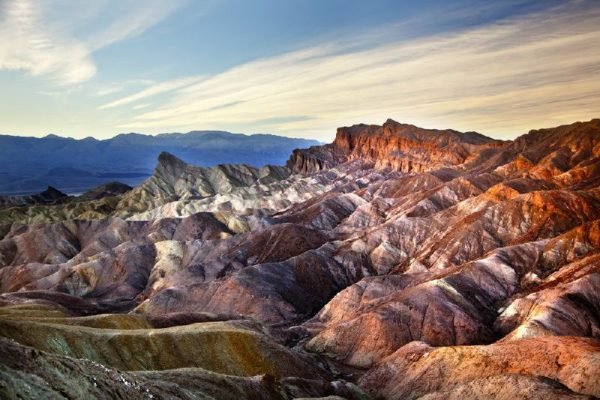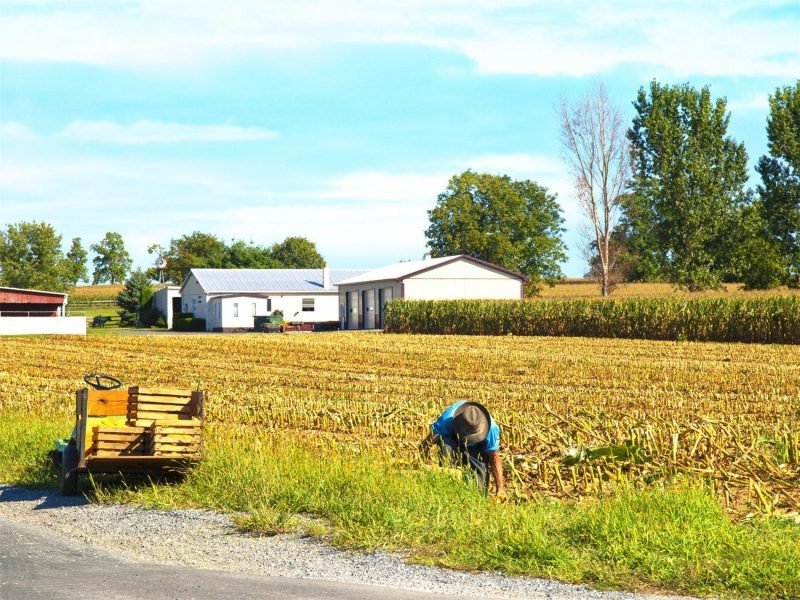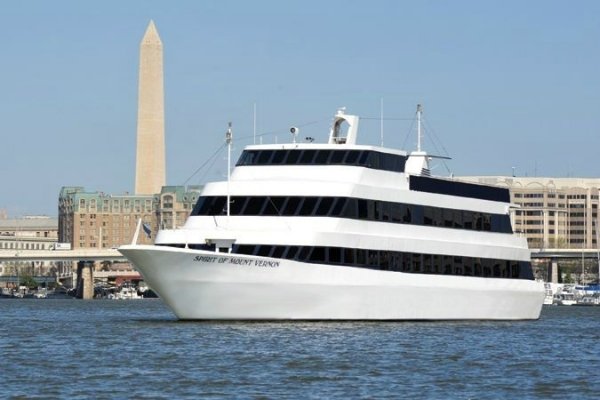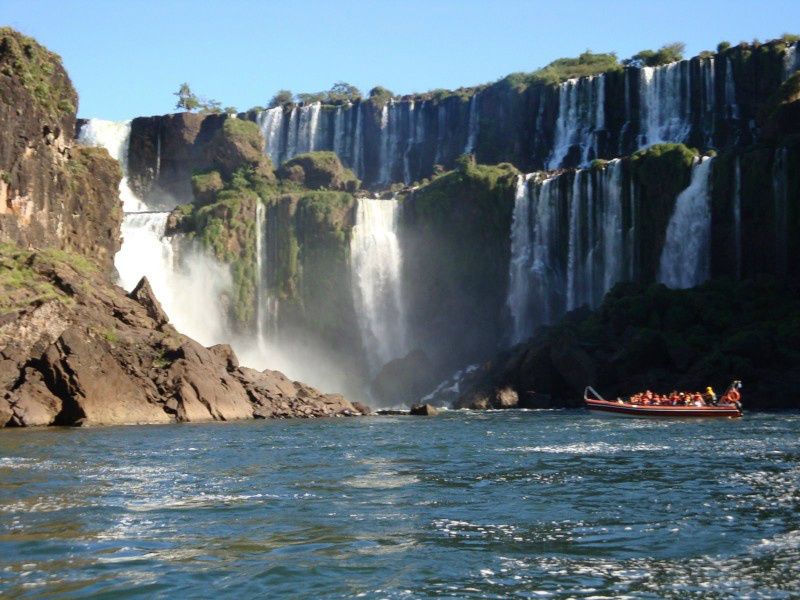Death Valley National Park Small Group Tour
Address
Las Vegas
GPS
36.1672559, -115.148516
Journey to the heart of Death Valley National Park as we visit the hottest, driest and lowest point in North America!
Highlights
- Journey to the heart of Death Valley National Park!
- Visit the hottest, driest and lowest point in North America!
- See an array of colors at Artist’s Palette
- This extreme desert environment is a photographer’s dream!
Death Valley National Park Small Group Tour
Visit one of the world’s most unique landscapes!
This full-day tour offers Death Valley’s spectacular highlights. In this desolate national treasure, you will be amazed at the sheer size and amazing natural features.
This journey takes you right to the heart of Death Valley, where at Dante’s View and Zabriskie Point there will be amazing photo opportunities. A stunning scenic drive will take you to Artist’s Pallet and naturally we will stop at Badwater Basin-North America’s lowest point! Take a walk on the earth’s safest salt flats.
Itinerary
Pahrump
10 minutes stop at Town Pahrump, pack daily fresh lunch box for guest
Rhyolite
Rhyolite Ghost Town was inhabited for just 12 years, from 1904 to 1916. However, it flourished enormously during this short period. Wander the eerie, long-deserted streets of this prominent gold rush-era boomtown and marvel at the infrastructure that sprang up in such a short space of time.
Death Valley National Park
Exploring the Death valley unusual geographical features, as sand dunes, salt flats, colorful rocks, and tall mountains. Death Valley National Park is the continental United States’ largest park. It’s also the hottest, driest and lowest. Despite harsh conditions, the park’s more than 3 million acres (1.3 million hectares) aren’t simply desert plains. find mountains, canyons, sand dunes, extinct volcanic craters and even palm trees and wildflowers.
Mesquite Flat Sand Dunes
Many first time visitors to Death Valley are surprised it is not covered with a sea of sand. Less than one percent of the desert is covered with dunes, yet the shadowed ripples and stark, graceful curves define “desert” in our imaginations. For dunes to exist there must be a source of sand, prevailing winds to move the sand, and a place for the sand to collect. The eroded canyons and washes provide plenty of sand, the wind seems to always blow (especially in the springtime), but there are only a few areas in the park where the sand is “trapped” by geographic features such as mountains.
Artist’s Drive
Tucked behind an unassuming yellow landscape, the rainbow of Artists Palette is the highlight along the Artists Drive Scenic Loop. Here, visitors marvel at an array of colors (red, orange, yellow, blue, pink, and green), splashed across the hills. These colors are from volcanic deposits rich in compounds such as iron oxides and chlorite, which creates a rainbow effect.
Zabriskie Point
The spectacular views from Zabriskie Point are some of the most photographed in Death Valley National Park. Named in honor of Christian Zabriskie.a prominent figure in the heyday of the Pacific Coast Borax Company, Zabriskie Point affords an elevated vista from which to marvel at the badlands below. These yellow and brown striped hills have been shaped by the powerful force of water, and even during dry times, the path carved by this water is unmistakable. Gazing beyond the badlands, views of the salt flats covering the floor of Death Valley are visible in the distance, with the hulk of the Panamint Mountains towering above.
Badwater
Badwater Basin is the lowest point in North America at 282 ft (86 m) below sea level. The salt flats here cover nearly 200 square miles (518 square km), and are composed mostly of sodium chloride (table salt), along with calcite, gypsum, and borax.
Las Vegas (Pass By)
Route back to Las Vegas enjoying the beautiful evening Mojave Desert drive, drop off to your hotel





